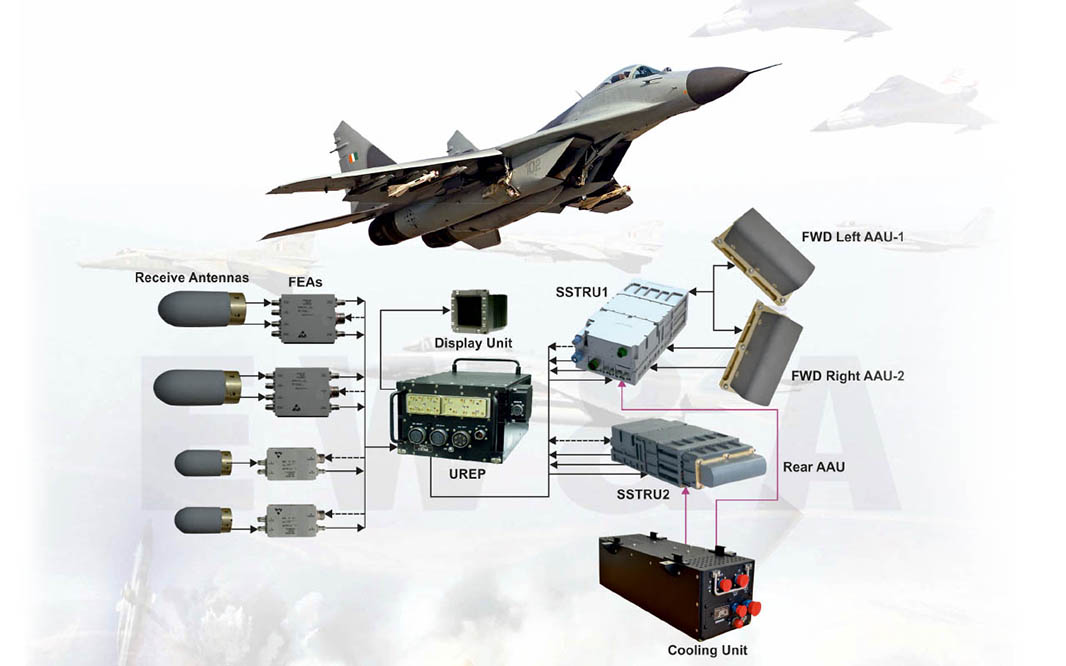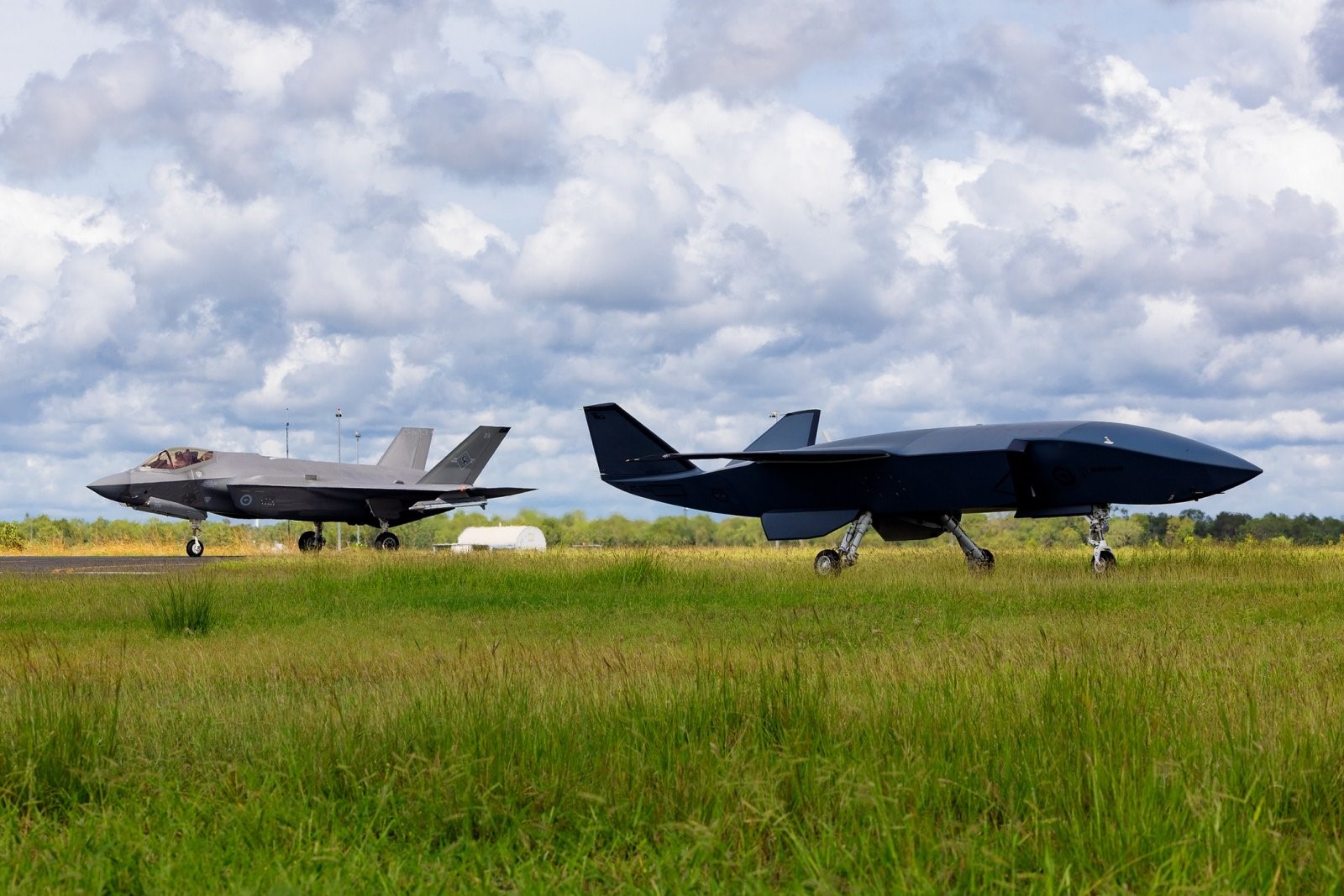As illustrated in the UK’s Strategic Defence Review (SDR), published on 2 June 2025, the continuing Russo-Ukrainian war underscores the UK’s continuing need to contribute two core national capabilities, provided by the Royal Navy (RN), to NATO’s North Atlantic deterrence and defence.
First is the UK’s strategic nuclear deterrent, delivered currently by the RN’s four Vanguard-class nuclear-powered ballistic missile submarines (SSBNs) carrying the Trident II D-5 submarine-launched ballistic missile (SLBM). Second are key naval components of the UK’s conventional deterrent: its aircraft carriers and nuclear-powered attack submarines (SSNs).
The SDR’s terms of reference included determining the roles and capabilities required to meet today’s defence and security challenges. It also set out three core tasks for the UK armed forces: protecting UK territories and interests; conducting Euro-Atlantic deterrence and defence; and shaping the global security environment. In this context the review defined particular steps for upgrading the two capabilities’ contributions in deterring and defending against Russian threats to NATO member states and interests in the North Atlantic.
Nuclear threat
The UK’s strategic nuclear deterrent plays a central national and NATO role in Euro-Atlantic deterrence and defence. With the SDR putting NATO ‘first’ within UK defence planning, including reiterating UK commitment to the North Atlantic Treaty’s Article V and to supporting NATO regional defence plans, the review said, “This must continue to be underwritten by the UK’s nuclear deterrent, assigned to the defence of NATO and adapted as nuclear threats to the alliance increase.”
“A modernised nuclear deterrent is the bedrock of the UK’s defence, and the cornerstone of its commitment to NATO and global security,” it added.
Among growing nuclear risks across the international security spectrum, the SDR underlined the Russian nuclear challenge. Moscow is modernising and expanding its nuclear forces and during its war in Ukraine has made thinly veiled references to the use of both tactical and strategic nuclear weapons. “Russia’s increasing reliance on nuclear coercion will be the central challenge for the UK and its NATO allies in the coming decades,” the SDR stated. “Its strategies for warfighting rely on the threat of limited nuclear use to terminate a conflict on advantageous terms.”
Providing an overview of UK nuclear declaratory policy and posture, the SDR stated, “The foundation of the UK’s approach to deterrence remains a minimum, credible, independent nuclear deterrent, assigned to the defence of NATO,” adding, “The UK would consider using nuclear weapons only in extreme circumstances of self-defence, including the defence of its NATO allies …. It is committed to maintaining the destructive power needed to guarantee that the UK’s nuclear deterrent remains credible and effective against the full range of state nuclear threats from any direction.”
The SDR made headline announcements regarding two core operational components of the UK’s nuclear deterrent. First, during the current Parliament (out to 2029), GBP15 billion (EUR 17.8 billion) will be invested in the programme to deliver a new, sovereign nuclear warhead while maintaining the existing warhead stockpile. The SDR said the warhead replacement programme is critical in securing the deterrent’s future.
Second, while the incoming Dreadnought-class SSBNs that will replace the in-service Vanguard-class boats will not begin operations until the 2030s, the SDR underlined the need for the UK to plan immediately for their replacement. “To secure the long-term future of the nuclear deterrent the government should start work in this Parliament to define the requirement for the successor to the Dreadnought-class submarine,” the review wrote. The pressing need to plan for this longer-term renewal has been shaped largely by the process of replacing the Vanguard-class boats with their Dreadnought successors, in which the Vanguards’ service life was extended significantly beyond their original design life. “To avoid the costs of the past, the government must commit to not extending the life of the Dreadnought-class submarines beyond their intended end-of-service dates from the mid-2050s. It should start to define the requirement for the post-Dreadnought nuclear deterrent within this Parliament,” the SDR advised.

The UK’s nuclear submarine force structure is not only one of the most significant and expensive capabilities the UK armed forces operate, but is one of the most complex and prominent elements of the review.
Alongside pressing ahead with developing both the Dreadnought class and its successor, the SDR discussed the UK’s intent to replace the RN’s seven Astute-class nuclear-powered attack submarines (SSNs) with up to 12 new SSNs. These new boats will be procured under the Australia/UK/US (AUKUS) strategic partnership using a new design called SSN-AUKUS. The Royal Australian Navy (RAN) plans to procure between three and five SSN-AUKUS submarines, with these boats built largely at Osborne shipyard in South Australia.
Speaking at a Royal United Services Institute (RUSI) SDR webinar on 3 June, RUSI’s deputy director general, Professor Malcolm Chalmers, said, “One of the most significant things … is the review’s observation that the Dreadnought class, which isn’t yet in service, will begin to go out of service in the 2050s …. So, as well as focusing on AUKUS and this commitment to up to 12 AUKUS submarines, we’re going to have to think about – in parallel with AUKUS and to some extent after it – having the ‘Dreadnought Plus’ or ‘Son of Dreadnought’ submarine. That’s really quite significant in terms of our missile submarines.”
The SDR itself noted that “Clarity is needed on how (the deterrent’s long-term renewal) interacts with a wider set of demands for nuclear-powered, conventionally armed submarines, including the next-generation attack submarines under the AUKUS partnership.”
Notably, the review referenced developing ‘continuous submarine production’ capacity to the point that, by the time SSN-AUKUS is in build, a boat can be produced every 18 months.
So, with two Astute boats still under construction, Dreadnought build work starting, and the SDR’s stated need to start thinking, planning and working on two more nuclear-powered submarine classes, submarine building in the UK will need considerable investment of time and finances, especially to provide build, operation, infrastructure support and people to deliver these programmes.
‘Up to twelve’
It is worth stressing that RN SSN-AUKUS boat numbers remain to be confirmed, with the programme aiming to allow the navy to grow its SSN fleet to “up to 12” boats. The SDR stated that “Confirming the intended numbers of SSNs would provide clarity on the required build capacity and tempo for all nuclear-powered submarines.”
Whatever the number, the SDR underlined the SSNs’ significant contribution to the RN and to NATO in operational and technological terms.
Operationally, UK SSNs play a significant role within wider UK anti-submarine warfare (ASW) capabilities, helping secure the North Atlantic under the RN’s ‘Atlantic Bastion’ plan against the growing Russian underwater threat. Technologically, the SSNs’ ASW contribution will need to be enhanced going forward by integration with uncrewed maritime systems (UMSs), especially uncrewed underwater vehicles (UUVs).
SSNs and UMSs will also be required to collaborate to support NATO requirements in places like the Arctic: a region that will become more open and more important due to climate change. The SDR underscored the role of the UK Royal Marines Commandos as an amphibious advance force in supporting NATO and other requirements in extreme environments like the Arctic.

These and other examples illustrate what the SDR referred to as the development of a new ‘hybrid’ navy, more powerful but cheaper and simpler, and designed around a balanced, integrated mix of ‘high-end’ (largely crewed) and ‘low-end’ (largely uncrewed) capabilities that exploit autonomy and digital integration, to develop greater and more cost-effective mass and lethality. “To meet the demands of a new era of threat, the RN must fulfil new roles and continue to evolve how it fights: moving towards a dynamic mix of crewed, uncrewed and increasingly autonomous surface and subsurface vessels and aircraft,” the SDR said.
In this context the other capability development of note is the SDR’s call to develop a ‘hybrid’ air wing for the RN’s two Queen Elizabeth-class aircraft carriers. Prior to the SDR being released, some commentary had focused on whether one carrier might be cut on cost grounds. However, the review appears to have reiterated the relevance of the RN’s carrier capability, particularly to NATO North Atlantic deterrence and defence requirements. Moreover, in proposing development of ‘hybrid’ air wings, the review is recommending further enhancement of this contribution.
“Carrier strike is already at the cutting-edge of NATO capability, but much more rapid progress is needed in its evolution into ‘hybrid’ carrier air wings, whereby crewed combat aircraft (F-35B) are complemented by autonomous collaborative platforms in the air, and expendable, single-use drones,” the SDR said.
The ‘hybrid’ air wing should also include long-range precision missiles deployable from carrier flight decks, the SDR recommended. Such containerised capabilities would take advantage of the flight deck’s available space when missile silos across the carrier strike group (CSG) may be relatively limited in number – especially in the context of the volume of long-range strike weapons fired in the Russo-Ukrainian war.
This air wing evolution illustrates again the importance and growth of the RN’s contribution to NATO. “(The UK) will provide leadership in NATO, by transforming our aircraft carriers to become the first European hybrid air wings – with fast jets, long-range weapons, and drones,” said the SDR.
Little information is yet available on what kinds of missiles the carrier’s containerised capability could include. The SDR said the UK intends to build up to 7,000 new long-range weapons to bolster European deterrence. The RN is already investing in Kongsberg’s Naval Strike Missile across its surface fleet. The UK’s Future Cruise and Anti‐Ship Weapon (FCASW) potentially will provide both air- and surface-launched options. However, with the carriers themselves likely to be required to stand further offshore in combat operations due to Russia’s demonstrated focus on anti-access/area denial (A2/AD) capabilities, a weapon like Tomahawk – with its extended range as a unique selling point (plus being in service on UK SSNs) – might meet this requirement.
The enduring importance of maritime capabilities in deterring and defending against threats to both national and NATO interests is underlined by the SDR’s requirement for the UK to maintain an ‘always on’ approach for missile and shipbuilding production lines.

UMS development
As regards UMS development, the SDR recommended establishing dedicated regulatory ‘sandboxes’ as designated areas for RN and industry UMS testing.
Noting the growing UMS market, the SDR highlighted the opportunity for the RN to engage with industry partners and allies to rapidly develop an integrated ASW force consisting of ships like the RN’s Type 26 frigates (which will deploy UUVs and uncrewed surface vessels), SSNs, maritime patrol aircraft like the Royal Air Force’s P-8A Poseidons, and air, surface, and sub-surface UMSs. The SDR also highlighted a wider North Atlantic patrol requirement for UMSs for tasks beyond just ASW.
Integrated crewed/uncrewed force structures play a core role in NATO deterrence and defence against emerging risks like critical underwater infrastructure (CUI) threats. The SDR recommended the RN taking a leadership and co-ordination role in securing UK CUI. Such a role is not something navies routinely take on, as CUI tends to be owned by international commercial organisations (rather than national governments) and as governments tend to view CUI threat co-ordination and response as a law enforcement matter (with navies adding military value in deterring and responding where appropriate at sea). How the RN will take this new role forward is an interesting subject for post-SDR analysis.
The review also raised the question of how minimally crewed or autonomous platforms might provide a replacement option for the in-service Type 45 Daring-class anti-air warfare destroyers when building integrated air and missile defence (IAMD) capabilities, including using new technologies like laser-based directed-energy weapons, to counter the ballistic and cruise missile and uncrewed aerial vehicle threats to forward-deployed assets ashore, ships at sea, and the UK homeland.



